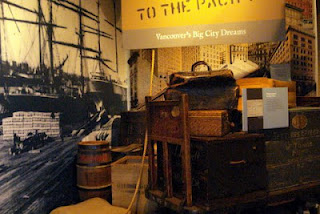GREEK CARNIVAL
Since ancient times, the Greeks have celebrated carnival with pre-Christian rites. Carnival comes from the Latin “Carne Vale” (farewell, flesh) and is the feast before the fast – triodio, three weeks of revelry preceding Lent. It is the Greek version of Mardi Gras.
You can detect a hint of the ancient Dionysian festivals in the celebrations. Groups of professional mummers used to roam the streets of Athens performing dances and pantomimes. Now, costumed revellers prowl the cobbled streets of the old Plaka district, bopping each other with the plastic hammers. Tangles of coloured streamers and confetti are tossed with abandon. There are private parties and celebrations at some of the hotels. Shop windows display extravagant costumes and masks.
In rural areas, plays and satires are performed, including the Funeral of the Miser, whose soul is taken by devils. In the Peloponnese region, a masked effigy of the King of the Carnival is carried on a bier and then set on fire. In ancient days the mock king was actually put to death. These rites are all symbolic, some dating back to Agamemnon’s time. One ritual is a mock wedding in which the groom is murdered and then resurrected, followed by a symbolic pantomime of plowing and sowing – nature’s renewal and the return of spring. These are similar to the rites of Dionysus, the ancient god of revelry and resurrection.
Even with the pagan holdovers, the religious meaning of this period is strictly observed. The first week, called profoni, is the time in which the fattened pigs are slaughtered and prepared for the feasts of the second “meat-eating week.” During profoni, it is believed the souls of the dead are set free and wander among the living.
On each of the three Saturdays of apokries, prayers are said and the koliva, a dish made of wheat, is prepared and consecrated, then distributed among friends and neighbours in memory of deceased relatives. On the second Thursday of apokries, the pork feast begins and so does the masquerading. In the third week, only dairy foods and eggs may be eaten, in preparation for the long Lenten fast.
My friends and I celebrate Apokries at Patras. (I'm in a butterfly costume!)
Tirokiriaki (Cheese Sunday) is the most vibrant day of the celebrations and includes dancing, masquerades, parades and play-acting. The most spectacular parad is held in the Peloponnese at Patras. Busloads of carnival merry-makers arrive from Athens and the surrounding villages, flooding into the streets of the small port city, swinging their plastic bats, tossing rainbow coils of paper streamers and confetti and squirting one another with coloured plastic foam from aerosol cans.
Carnival is particularly appealing to children and each weekend of apokries the Zappeion and National Gardens in Athens are filled with youngster, masquerading clowns, fairies, musketeers, demons and fantasy creatures. Adult merriment begins at night. Take along your bat.
Children in the National Gardens, Athens
Note: This story was first published in the Globe and Mail, February 5, 1986.

























